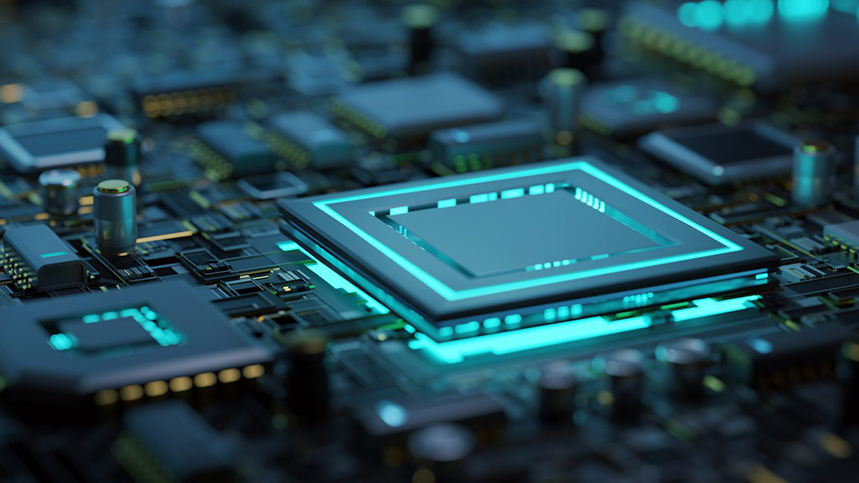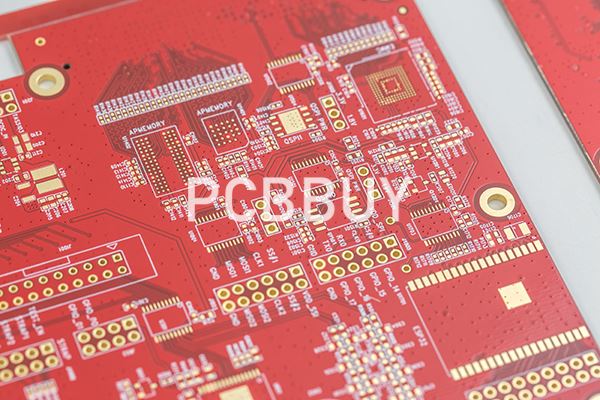How PCB Crosstalk Manifests in Design and Manufacturing?
By:PCBBUY 09/14/2023 16:00

Crosstalk is the unintended influence of a signal by or on another signal. The complex interplay of electric and magnetic fields results in the ability to influence conductor lines without contacting physically (but perhaps “physically”?). Crosstalk can occur across two different modes. Those modes include contact and non-contact. Reducing the impact of crosstalk requires first diagnosing its cause:

Direct
Also known as “conductive crosstalk,” two conductors touching can pass the full range of frequencies between them, including the DC bias (also known as the zero-frequency response). Any DC signal then passes through unmitigated, and the resulting signal experiences some offset error at the circuit input or output.
Indirect
Signals also couple solely through electric or magnetic fields, resulting in capacitive or inductive coupling. Capacitive coupling, alternatively known as AC coupling, removes the DC bias from the signal to prevent issues related to voltage mismatches. Meanwhile, inductive coupling is at the heart of transformers and various other electromechanical devices. However, it can contribute negatively to performance when its presence is inadvertent.
DFM Processes to Prevent Coupling
Anywhere conductors intersect where they shouldn’t require corrective action at the design or manufacturing level. For example, poor solder application/removal and post-production processes like electromigration leading to dendrite growth and spontaneous whiskering could create shorts. As these defects are secondary processes, design can only anticipate the conditions that give rise to conductive crosstalk and attempt to minimize their impact through a battery of aging and environmental tests that guide future revisions (if necessary).
Due to error or carelessness in the manufacturing process, conductive coupling is unlikely to occur thanks to rule checks, but capacitive and inductive coupling can be more nefarious. As field strength rapidly decreases with distance, the best approach to resolving indirect coupling is moving traces apart, whether within the plane or across different planes. A particularly aggressive signal can be further isolated by flooding the ground on the signal layer to improve a signal’s coupling to it.

General Crosstalk Considerations and Solutions
Distancing traces is an excellent practice but can become difficult to implement in HDI designs due to space constraints. Instead, designers can combat crosstalk with a checklist of some common troublesome sections of a layout:
Mixed-signal design
A cornerstone of mixed-signal design is isolating the analog from the digital signals and partitioning the ground plane to prevent background noise due to the high-frequency digital signals. However, designers can take it a step further. Group analog signals roughly by their frequency to prevent aggressor lines from coupling to victim lines of a lower frequency. CMOS components are valued for power efficiency and will have high edge rates, which can also impact surrounding signals. Provide adequate spacing around CMOS parts, especially analog signals.
Timing issues
Clock lines, even digital, are also candidates for noise susceptibility. This can be detected when there are deviations from the true periodicity of the signals (also known as jitter). Ensure that drivers utilize a uniform clock frequency. Multiple clocks in a single package will significantly reduce the signal-to-noise ratio (SNR).
Embedded signal layers
For a four-layer PCB stackup, the most common arrangement is signal traces on top and bottom, ground on two, and power on three. However, high-frequency designs may want to take advantage of an inversion: signals on the inner layers with planes on the outer layers for additional shielding. This step reduces crosstalk’s overall chance and intensity (provided good layout practices are employed), but some drawbacks exist. The board becomes far more challenging to prototype due to the accessibility and visibility of the signal traces, and while decoupling is curbed, troubleshooting occurrences increase in difficulty.
Industry Category











